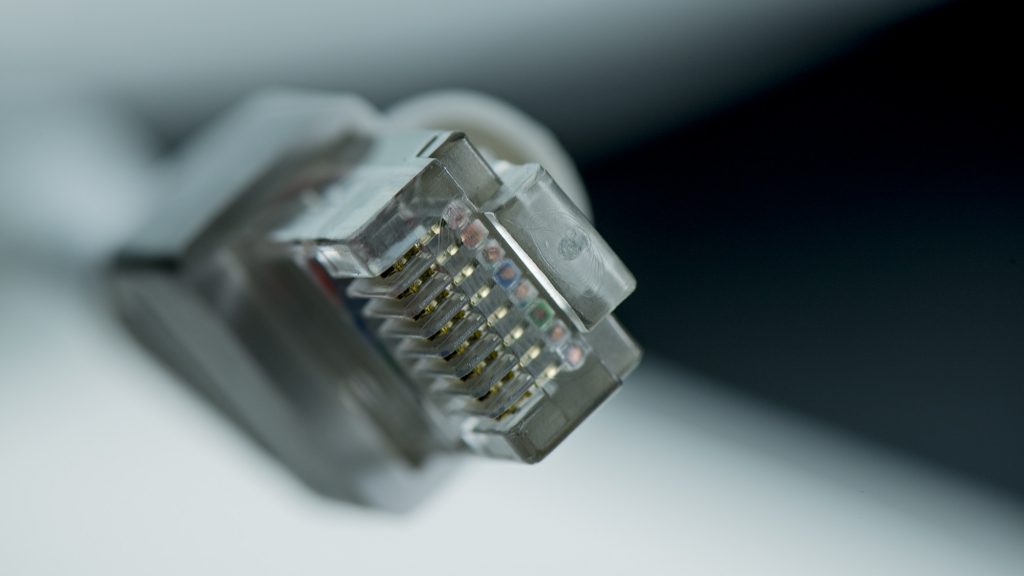Nowadays, people who work in rural areas use upgraded versions of the old machines for planting, harvesting, and etc.
It would be perfect if one tractor while spraying the land to be able to stop when it comes to a foreign land in order to avoid overlapping and wasting chemicals for nothing. And it would be perfect too, if your big green tractor knows about the other one on the other side of the land, and knows where the border for spraying is. If machines talk to each other, we would have something called \precision agriculture’. This will also let farmers run multiple machines in the same field, saving time and chemicals.
And all of this is pointless if there is no connectivity. All of the information needed for spraying the field precisely will be useless if they are not available in real-time, otherwise, it would be like flying in the dark.
Smart farming is one of the prime examples of an area that could benefit from ultra-responsive and speedy 5G networks.
When it comes to rural areas in America, many of them have no wireless connectivity, and without it 5G is pointless. The vast majority of Americans own a cellphone of some kind, and 77% of them have smartphones. But, only 70 % of rural areas have 10Mbps LTE download speeds.
This is somehow a digital divide on steroids.
While the giants and providers all over the world are preparing for the coming of 5G technology, you shouldn’t expect this revolutionary technology in rural American areas soon. Some of the experts believe that with 5G these rural areas will be finally connected, but others warn it could take several years for providers to actually install 5G remote equipment there.
This will actually happen due to lack of technology, geography, and finances because it requires a lot of expensive towers installed close to each other.
Will rural areas be covered with 5G? We will see…

